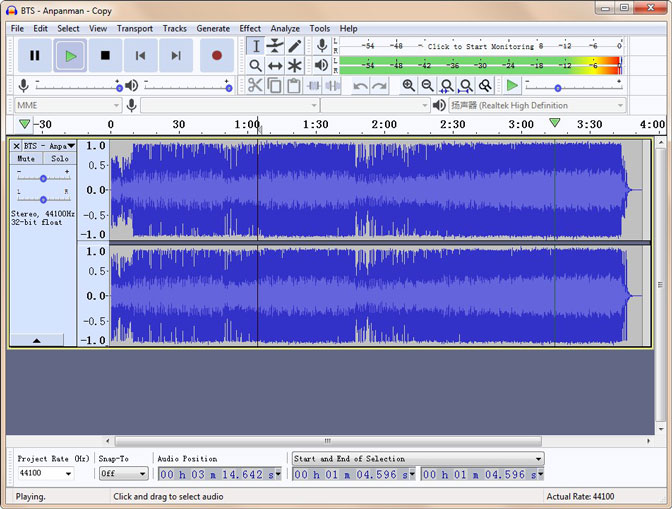

(I’ll link to the finished recording in the end.) I’ve been obsessed with mechanical keyboards lately, and the click-clack sounds that my keyboard makes are very satisfying in an ASMR-like way.

To test out Audacity, and to show you the ropes, I used a Zoom H1n handheld recorder on a tripod to record the sound of my keyboard and make a working audio file. But don’t be fooled: behind the simple facade lies a sleeping giant with robust features that you can experiment with over time. Unlike other digital audio workstations (DAWs), which are much more expensive and reserved for professional audio engineers, Audacity’s minimal approach to audio editing simplifies the whole experience. While it won’t win any awards for aesthetics, recent updates have it looking better than ever. As a bonus, it doesn’t consume a lot of CPU power, so it can run on pretty much any computer. Here are a few tips on getting started.Īudacity is the default software for many multimedia content creators because not only is it free, it’s also relatively easy to use.

Audacity is a free audio recording and editing application with an easy-to-use interface.


 0 kommentar(er)
0 kommentar(er)
